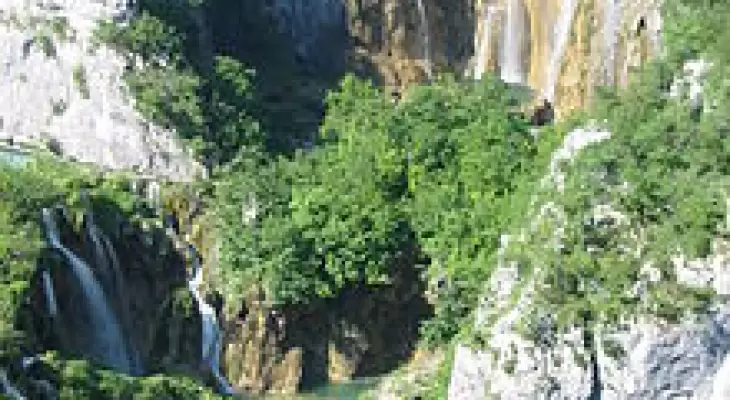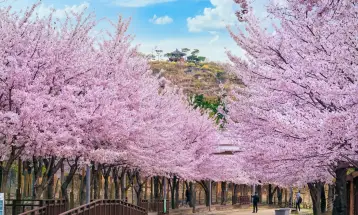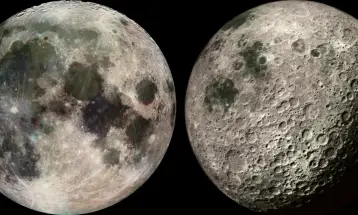Plitvice Lakes National Park, a Beautiful Lake In Croatia

Holiday Ayo - Plitvice Lakes National Park is one of the oldest and largest national parks in Croatia.
In 1979, Plitvice Lakes National Park was inscribed on the UNESCO World Heritage list, due to its outstanding and picturesque series of tufa lakes, caves, connected by waterfalls.
The national park was founded in 1949 and is in the mountainous karst area of central Croatia, at the border to Bosnia and Herzegovina.
The important north-south road that passes through the national park area connects the Croatian inland with the Adriatic coastal region.
The protected area extends over 296.85 square kilometers (73,350 acres). About 90% of this area is part of Lika-Senj County, while the remaining 10% is part of Karlovac County.
Each year, more than 1 million visitors are recorded. Entrance is subject to variable charges, up to 250 Kuna or around €34 per adult per day in summer 2018.
The national park is world-famous for its lakes arranged in cascades. Sixteen lakes can be seen from the surface.
These lakes are a result of the confluence of several small rivers and subterranean karst rivers.
The lakes are all interconnected and follow the water flow. They are separated by natural dams of travertine, which is deposited by the action of moss, algae, and bacteria.
The particularly sensitive travertine barriers are the result of an interplay between water, air, and plants.
The encrusted plants and bacteria accumulate on top of each other, forming travertine barriers that grow at the rate of about 1 cm (0.4 in) per year.
The 16 lakes are separated into an upper and lower cluster formed by runoff from the mountains, descending from an altitude of 636 to 503 m (2,087 to 1,650 Ft) over a distance of some 8 kilometers (5.0 mi), aligned in a south-north direction.
The lakes collectively cover an area of about 0.77 square miles, the water exiting from the lowest lake forming the Korana River.
The lakes are renowned for their distinctive colors, ranging from azure to green, grey, or blue. The colors change constantly depending on the number of minerals or organisms in the water and the angle of sunlight.








Leave a comment